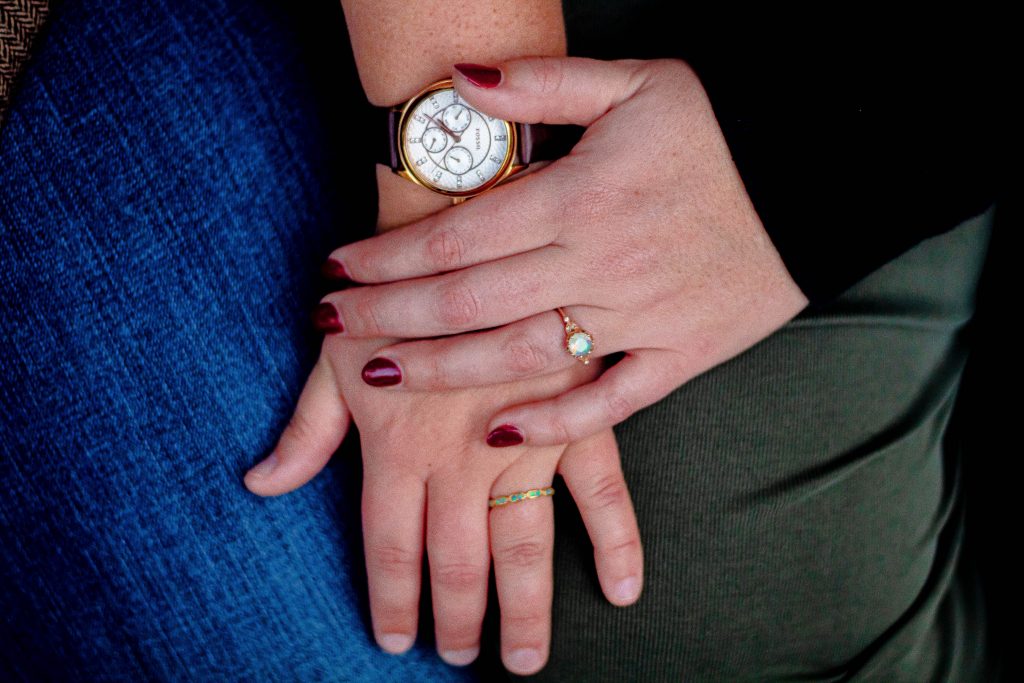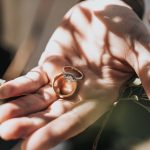Those wanting a unique engagement ring, look no further. An opal may be an unconventional choice to centre your engagement ring, but wow is it stunning. This unique gemstone is much loved by many for its mesmerising pattern and kaleidoscope colours.
Birthstone for the month of October, opals can be dated back to 4000 B.C. The gemstone is made up of a solution of silicon dioxide and water. As water runs down the Earth, it collects particles of silica from sandstone. This mixture falls into cracks and voids and as the water evaporates, it leaves behind a silica deposit that will eventually turn into an opal. This, however, is an incredibly slow process, and takes an estimated 5 million years to solidify just one centimetre of opal.
The name is said to be derived from the Roman word ‘Opalus’ which translates into ‘precious stone’, and the Greek derivative ‘Opallios’, meaning ‘to see a change of colour’. The ancient Greeks believed that the gemstone was formed by tears wept by Zeus, God of the sky and thunder, when he defeated the titans. As such, the gemstone was believed to have prophetic powers. The stone is symbolic of purity and hope, protecting the wearer from harm.
Opals can be sorted into two classes: precious and common. Precious opals are iridescent, common opals are not. Precious opals traditionally display two colours: the background colour and their play-of-colour (iridescence). The impurities within the silica determine the stones background colour, and the play-in-colour is created by the way the silica settles together. Those colourful flecks you see in the stone are made up of tiny silica-spheres that reflect light. As a result, opals can come in most colours from red to blue and even black – the rarest form.
There are a multitude of natural opals, such as black opal, white opal, crystal opal and jelly opal. Boulder opals are the most unique and are able to reflect the entire rainbow.
The majority of the world’s opals come from Australia, although other popular countries include Ethiopia, Brazil, and Mexico. Wildly enough, opals have even been discovered on Mars!
The opal market was almost destroyed by author Sir Walter Scott’s 1829 bestselling novel, Anne of Geuerstein, which told the story of a woman accused of being a demoness who died when holy water touched her opal and destroyed it. Opal sales plummeted after the book was published as readers believed the book was warning of the opals bad luck. In 1877 a black opal was discovered in New South Wales, Australia, helping this precious gemstone lose its bad reputation.
Since then, opals have continued to be popular among many. It was Queen Victoria’s favourite stone, and was even dubbed ‘the Queen of Gems’. Other royal icons that shared a love for this precious stone include Cleopatra and Empress Josephine. Millennial brides are loving this one-of-a-kind gemstone for its vintage feel and unique look.
Feature image: Unsplash




















